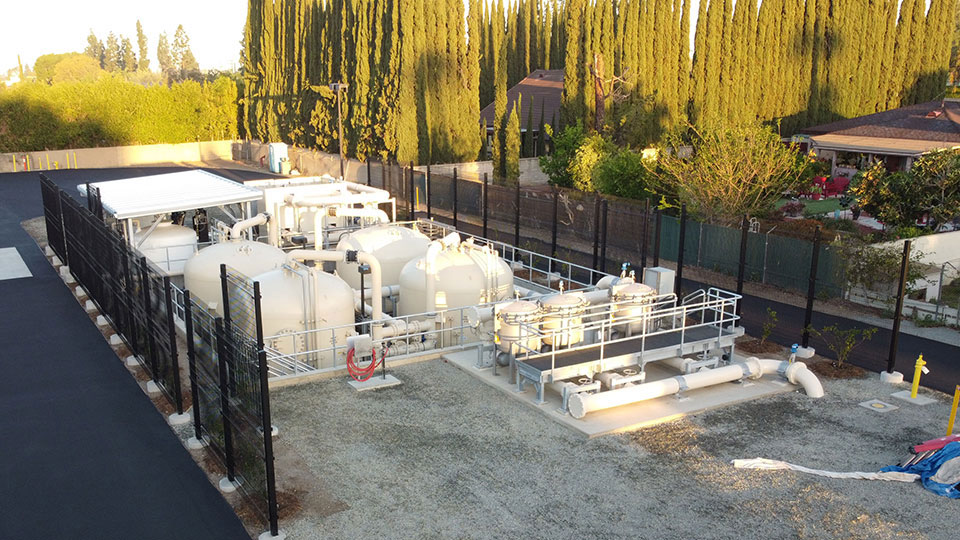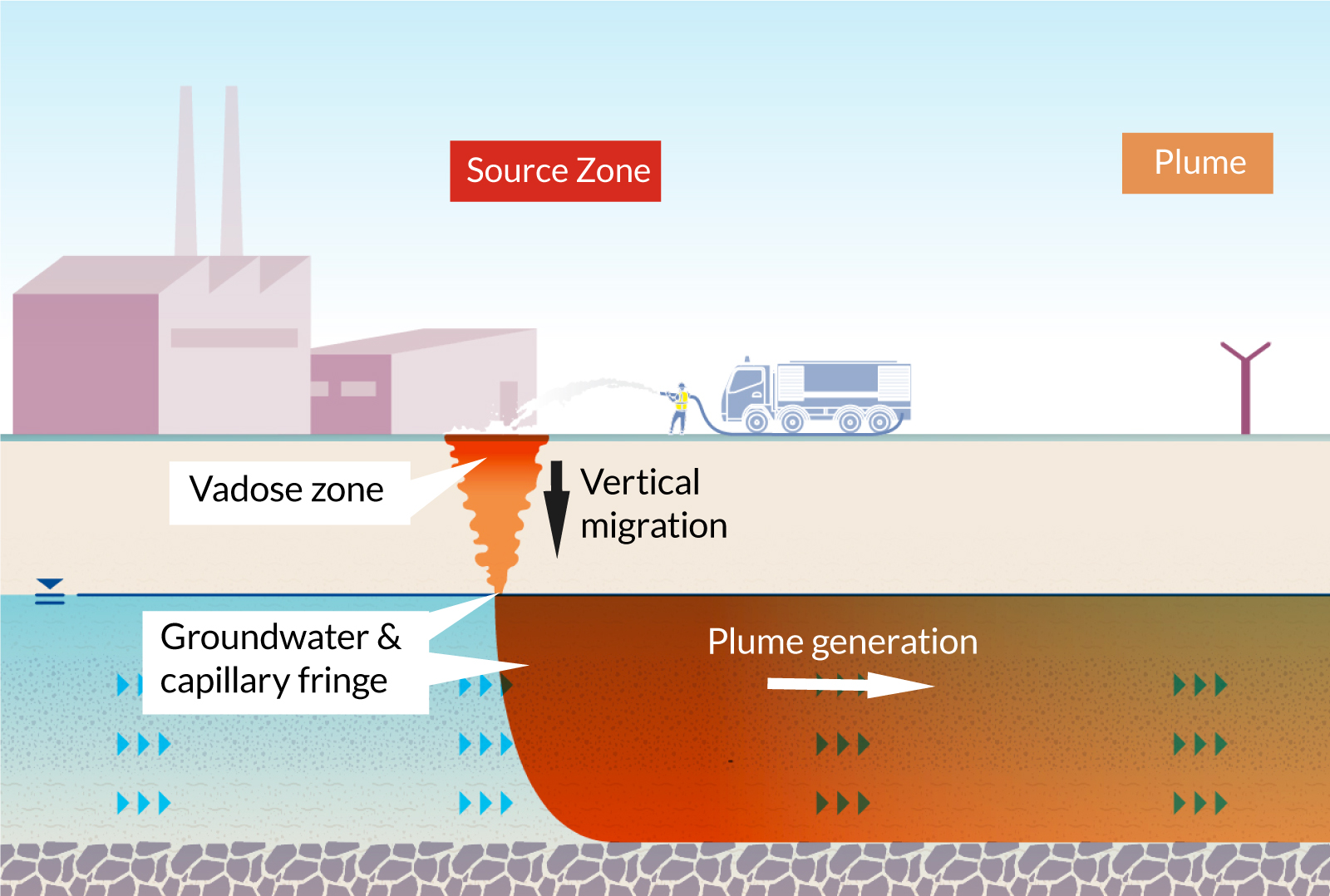Best Practices for PFAS Waste Management at Treatment Facilities
Best Practices for PFAS Waste Management at Treatment Facilities
Blog Article
How PFAS Treatment Makes Sure Tidy and Sustainable Water
The presence of PFAS, typically called "forever chemicals," positions substantial obstacles to water top quality and public health and wellness. Advanced therapy modern technologies, consisting of triggered carbon adsorption and membrane layer purification, have become reliable remedies to mitigate these impurities. By utilizing these techniques, communities can not only achieve cleaner water yet additionally foster sustainable practices that safeguard ecological communities. The ramifications of these treatments prolong past instant health advantages; they increase important inquiries about long-term water administration approaches that must be addressed to guarantee a resilient future. What does this mean for our method to water sustainability?

Comprehending PFAS Contamination
PFAS, or per- and polyfluoroalkyl substances, have become a considerable environmental problem as a result of their prevalent frequency and determination in the atmosphere. These synthetic chemicals have been utilized in various commercial applications and customer products, including non-stick cooking equipment, water resistant clothes, and food product packaging, as a result of their special residential or commercial properties such as water and oil resistance.
The contamination of soil and water sources by PFAS takes place mainly via commercial discharges, firefighting foam use, and leaching from land fills. pfas management. Once launched, these compounds are immune to destruction, resulting in their build-up in the atmosphere. This perseverance increases critical problems, as PFAS can take a trip fars away via groundwater and surface water supply, affecting alcohol consumption water products and ecosystems

Wellness Risks of PFAS
The determination of PFAS in the environment elevates substantial health and wellness problems for people revealed to these substances. Referred to as "permanently chemicals," PFAS do not break down quickly and can accumulate in bodies over time. Study has actually connected PFAS direct exposure to numerous damaging health results, including body immune system disorder, liver damage, and increased risk of specific cancers - pfas management. Especially, studies have actually revealed raised cholesterol degrees and prospective effect on reproductive and developing health and wellness, specifically in expecting people and babies.
The universality of PFAS in customer items, such as non-stick cookware, water-repellent textiles, and food packaging, additional enhances the danger of direct exposure. Consuming water polluted with PFAS is a significant worry, as these chemicals can leach right into groundwater resources. Vulnerable populations, consisting of kids and those living near industrial sites, may face increased risks as a result of their developing index systems and prospective for higher direct exposure degrees.
As awareness of these health risks remains to expand, regulative firms are starting to develop guidelines for PFAS degrees in alcohol consumption water. Public health efforts are crucial to reduce exposure and shield areas from the lasting impacts of these harmful substances.

Cutting-edge Therapy Technologies
How can we effectively tackle the challenges presented by PFAS contamination in water resources? Ingenious therapy modern technologies are arising as critical solutions in the quest for tidy water. These approaches concentrate on the removal or damage of per- and polyfluoroalkyl compounds (PFAS), which are notorious for their persistence in the atmosphere.
One appealing technique is adsorption using innovative products, such as activated carbon and ion exchange resins. These materials have shown efficacy in capturing PFAS molecules from water. An additional significant innovation is membrane layer filtering, their website which uses nanofiltration and turn around osmosis to separate contaminants at the molecular degree, thus offering an obstacle against PFAS.
Furthermore, advanced oxidation procedures (AOPs) utilize solid oxidants to damage down PFAS substances right into harmless byproducts. This method is particularly reliable for treating very infected water resources. Bioremediation strategies, using details microbes, are also being discovered to break down PFAS.
As research study continues, hybrid systems that integrate multiple technologies may provide improved efficiency, resolving the complexities of PFAS contamination. The development and execution of these innovative therapy modern technologies are crucial steps towards guaranteeing the safety and security and sustainability of our water sources.
Benefits of Reliable PFAS Therapy
Efficiently treating PFAS contamination in water resources significantly improves public wellness and environmental security. PFAS, often referred to as "for life chemicals," are resistant to destruction and can collect in the human body, resulting in severe health and wellness threats such as cancer cells, liver damages, and immune system dysfunction. By implementing efficient therapy methods, neighborhoods can minimize direct exposure to these unsafe substances, ultimately boosting the health outcomes of their populations.
Additionally, effective PFAS treatment contributes to the preservation of neighborhood communities. Polluted water can negatively influence water life and interrupt the fragile balance of regional environments. By ensuring tidy water, therapy processes protect biodiversity and keep environmental integrity.
Additionally, efficient PFAS removal can promote public confidence in water high quality. When neighborhoods are guaranteed that their alcohol consumption water is without hazardous contaminants, it promotes a feeling of safety and security and health. This trust is vital for area interaction and support for ongoing water management initiatives.
Future of Water Sustainability
Amid expanding worries regarding water quality and shortage, the future of water sustainability depends upon ingenious strategies and collective initiatives. As communities face the impending risks of contaminants like PFAS, the growth of innovative therapy technologies is crucial. These technologies not just concentrate on the removal see of unsafe materials yet additionally advertise the reuse and recycling of water, consequently minimizing total demand.
Moreover, reliable water administration plays an important role in making sure lasting techniques. Policymakers must incorporate scientific study with regulative structures to establish clear standards for water usage and treatment. Stakeholder involvement, consisting of regional areas and industries, fosters a feeling of common obligation and motivates lasting methods throughout numerous markets.
Investment in facilities is also vital; updating aging systems to include contemporary purification and filtration approaches can significantly improve water high quality. Furthermore, embracing green technologies, such as natural purification systems, can offer eco-friendly options.
Eventually, the future of water sustainability exists in an alternative method that integrates innovation, plan, and neighborhood involvement. By prioritizing these components, we can secure our water resources for generations to come, making sure tidy and lasting water for all.
Conclusion
In final thought, the reliable treatment of PFAS is vital for making sure tidy and sustainable water. Eventually, robust PFAS therapy approaches add to lasting durability in water management, promoting public depend on in water top quality and advertising sustainable practices.
Report this page